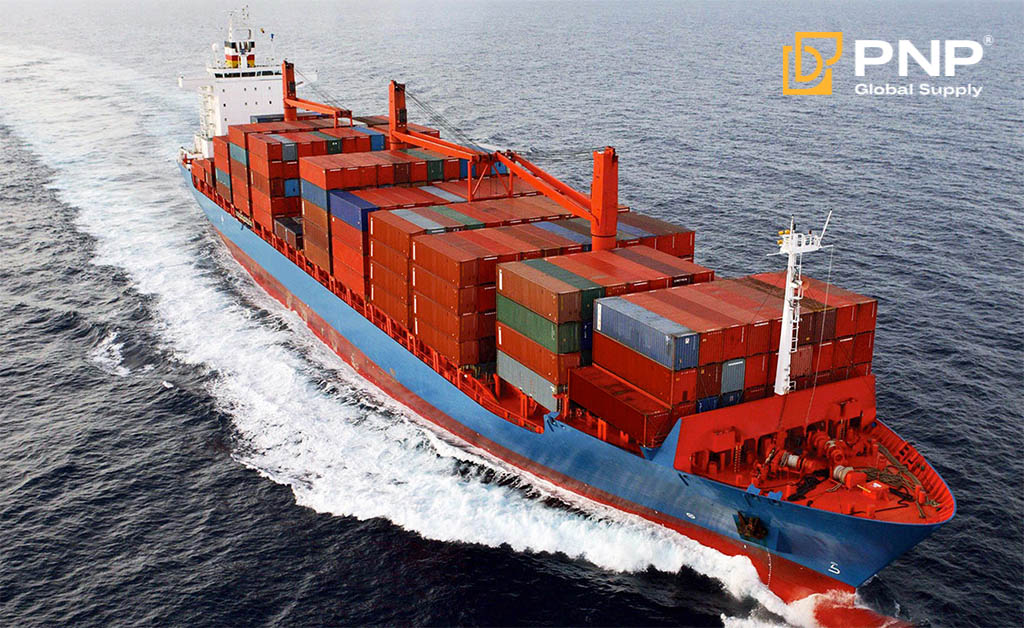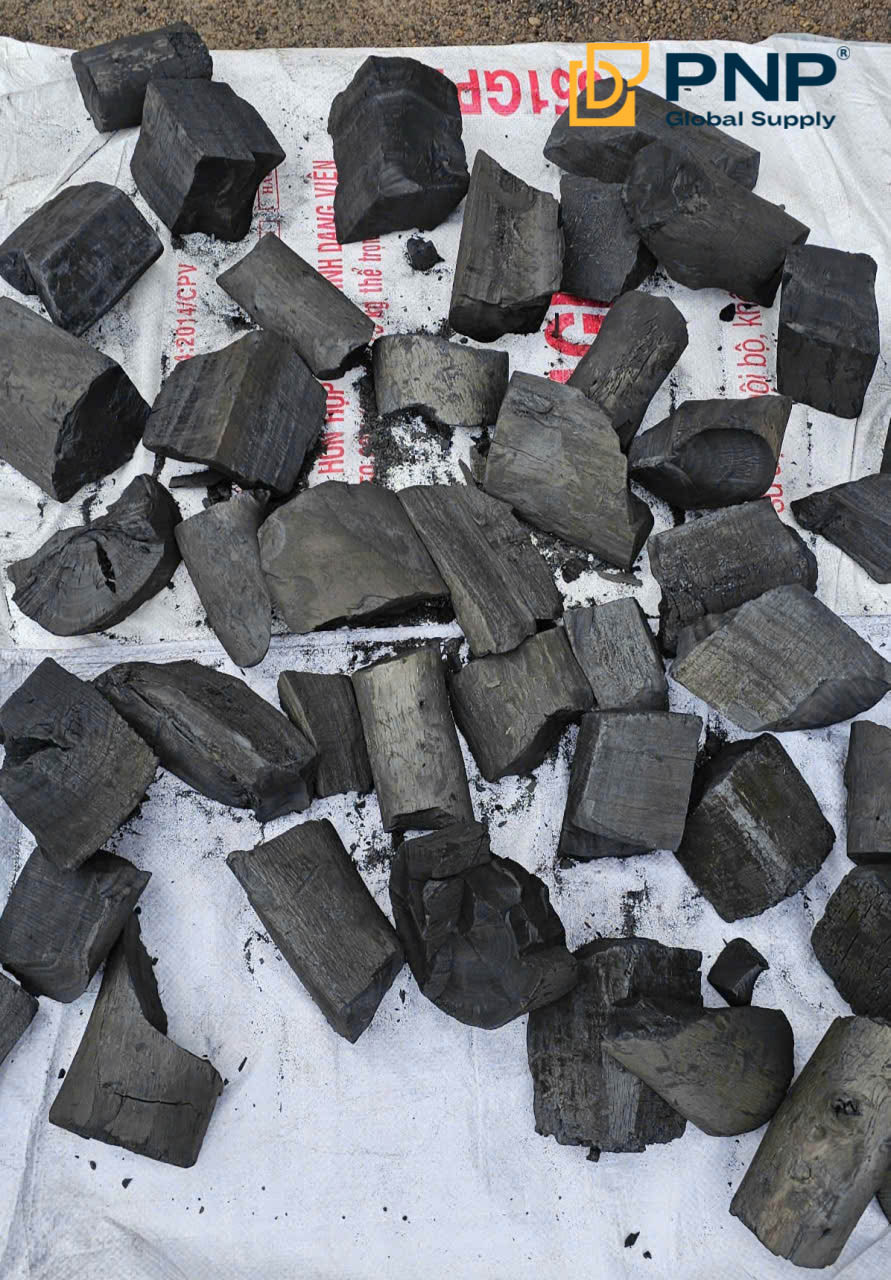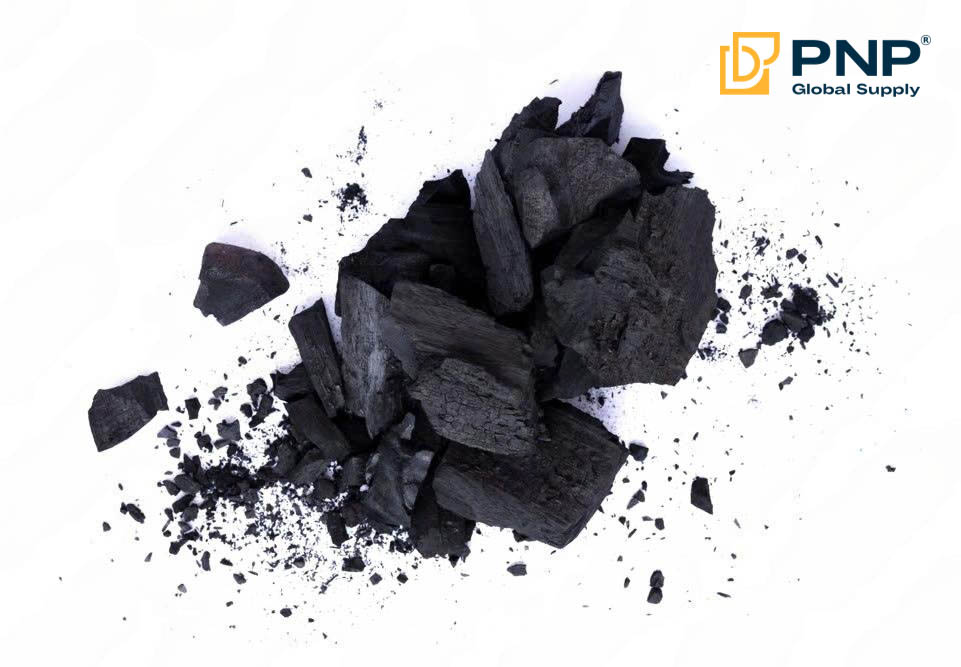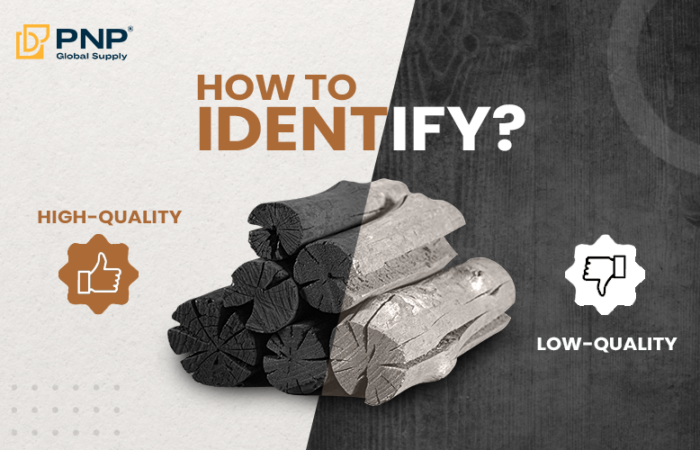Wood charcoal is one of the most commonly used fuels for grilling and heating due to its natural composition, high heat output, and low ash. However, businesses and consumers alike often encounter a common problem during delivery and export: the charcoal breaks easily. Whether for local BBQ charcoal delivery or international export charcoal shipments, breakage affects quality, customer satisfaction, and financial performance. So, why does wood charcoal break so easily in transit, and how can we prevent it?

1. The Fragile Nature of Wood Charcoal
Wood charcoal is produced by burning wood under limited oxygen. This process creates a lightweight and porous product that burns efficiently and provides intense heat. However, this very structure also makes it highly brittle. Unlike compressed charcoal or binchotan, which are denser and harder, wood charcoal does not have any binders or compression to hold it together. As a result, it breaks easily under physical pressure or impact.
The internal structure of wood charcoal includes many tiny air pockets, which make it ideal for clean burning but unable to resist shock or pressure. This explains why even a short trip with careless handling can cause breakage. Compared to other forms of charcoal, wood charcoal requires more careful packaging and handling to ensure it arrives intact.

2. Reasons Why Charcoal Breaks During Transport
Charcoal exporters and delivery companies must consider a variety of risks during the transportation process. Below are the most common causes of charcoal breakage.
The first and most obvious reason is long-distance shipping. From the factory to the port, then across international borders, charcoal passes through many hands. Vibrations during truck or ship movement, container shifts, and warehouse stacking all apply physical force to the charcoal. If not properly protected, it will break before reaching the customer.
Secondly, poor-quality charcoal packages are a major contributor to this issue. Many charcoal bags used in the market are made from thin paper or woven PP fabric that does not offer enough protection. Without inner plastic lining or reinforced layers, these bags tear easily, allow dust to escape, and provide little cushioning against pressure.
Another cause is improper handling during loading and unloading. Workers at warehouses or shipping terminals sometimes throw bags, stack them carelessly, or place heavier goods on top. All of these actions can crush the charcoal inside, especially if the packaging is already weak.
Environmental factors also play a role. Charcoal stored in humid or wet conditions becomes softer and more likely to crack. Even when moisture is not directly present, changes in temperature or long storage times can reduce the charcoal’s durability and increase the breakage rate.
3. Effects of Broken Charcoal on Quality and Business
The damage caused by charcoal breakage is not limited to appearance. It can affect performance, customer satisfaction, and even business reputation.
For end users, especially restaurants and BBQ chefs, broken wood charcoal is harder to work with. Small pieces burn too quickly, produce more ash, and cannot hold consistent heat. This reduces grilling efficiency and negatively impacts the quality of grilled food.
For distributors and sellers, damaged charcoal creates packaging problems. Bags filled with dust or broken chunks leak during storage or shipping. Retailers may find it difficult to sell these bags or receive customer complaints due to poor product appearance.
For charcoal exporters, the consequences are even more serious. Broken charcoal affects brand image and raises the risk of customer claims, discounts, or even rejected shipments. In international markets where standards are strict, such as Japan or Europe, even minor damage can lead to significant financial losses.
Besides being fragile, wood charcoal also poses a risk of fire and explosion during transportation. Check out this article to understand the causes and how to handle them effectively: Why does Charcoal Catch Fire so Easily During Shipment?

4. How to Prevent Charcoal from Breaking During Transport
There are several practical solutions businesses can apply to minimize charcoal breakage, whether for local BBQ charcoal delivery or international export.
The most important factor is packaging. Using high-quality charcoal packages designed for export can significantly reduce breakage. These may include multilayer Kraft paper bags with PE inner liners, woven sacks with reinforced stitching, or sturdy cartons for premium products. Proper packaging helps protect the charcoal from impact, moisture, and external pressure. However, it’s important to note that export-grade packaging often comes with higher costs, so businesses must balance between protective efficiency and budget.
The second solution is palletizing and optimizing container space. Charcoal bags should be stacked evenly on pallets, tightly wrapped with stretch film, and protected with corner guards or top sheets. Inside shipping containers, all empty spaces should be filled with dunnage or air cushions to minimize movement and reduce friction.
Additionally, the way the charcoal is arranged inside the bags also plays a critical role. For long charcoal types like mangrove charcoal, instead of laying the sticks horizontally, they should be packed vertically inside the bags to prevent breakage or snapping during transit.
Another key strategy is training workers to handle charcoal properly. Staff involved in loading and unloading must understand that wood charcoal is fragile and should not be thrown or carelessly stacked. Even small adjustments in handling practices can greatly reduce damage rates.
Finally, choosing experienced and reliable logistics partners is essential. Working with transport companies that specialize in handling fragile cargo ensures better care throughout the shipping process. From packaging and storage to final delivery, professional logistics reduce risks and enhance the overall customer experience.
5. Choosing a Reliable Charcoal Exporter
One of the most effective ways to minimize charcoal breakage is by working with a trusted charcoal exporter. A reliable exporter understands the nature of wood charcoal and takes necessary steps to protect it. This includes using export-grade packaging, applying strict quality control, and selecting appropriate shipping methods.
Exporters who care about product integrity often conduct durability tests, moisture control, and inspection at every stage. They also provide support in case of damage or customer concerns. For buyers, working with such exporters not only ensures product quality but also strengthens long-term partnerships.
PNP Charcoal delivers high-quality charcoal and uses export-grade packaging to prevent breakage during transit, visit our website: pnpcharcoal to learn more and place your order today.
6. Conclusion
Wood charcoal breaks easily during transport due to its natural structure, light weight, and porous composition. This challenge affects BBQ charcoal delivery, retail sales, and export charcoal operations. However, with the right packaging, careful handling, and professional logistics, breakage can be significantly reduced.
Understanding the causes of breakage and investing in practical solutions will help businesses improve product quality, protect their reputation, and ensure customer satisfaction. Whether you are a buyer, distributor, or exporter, choosing the right charcoal exporter and adopting better transport practices will lead to stronger and more reliable charcoal shipments.
If you are seeking a supplier who delivers high-quality wood charcoal with secure, export-ready packaging, now is the perfect time to make a change. Protect your product, preserve its value, and ensure your customers receive the best charcoal experience possible.
________________________________
Contact us for more information
Facebook: PNP Charcoal
Instagram: PNP Charcoal
Email: info@pnpglobalsupply.com




